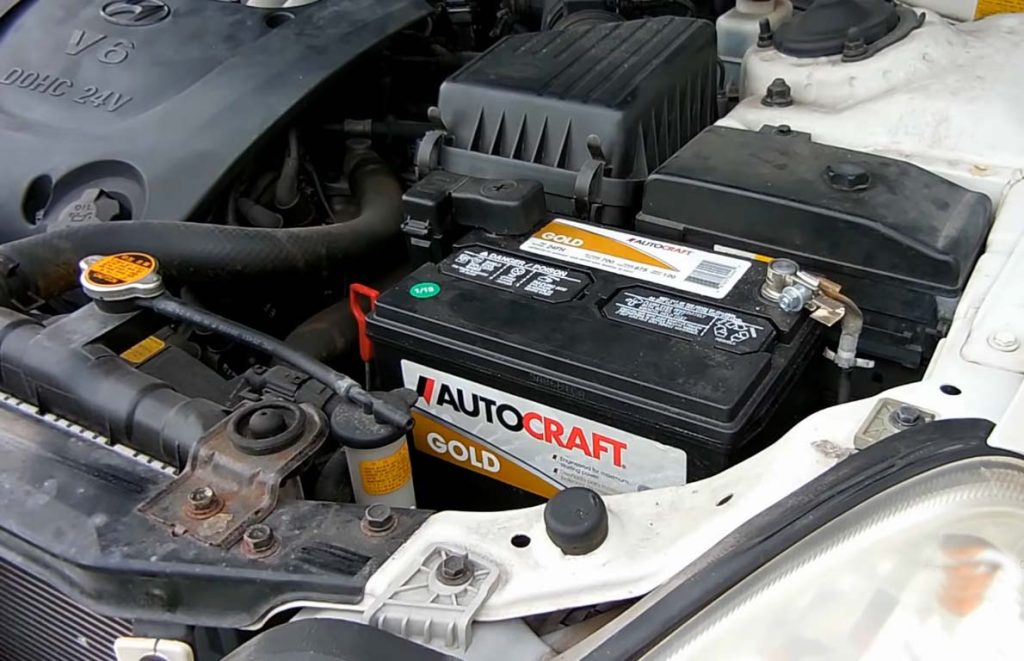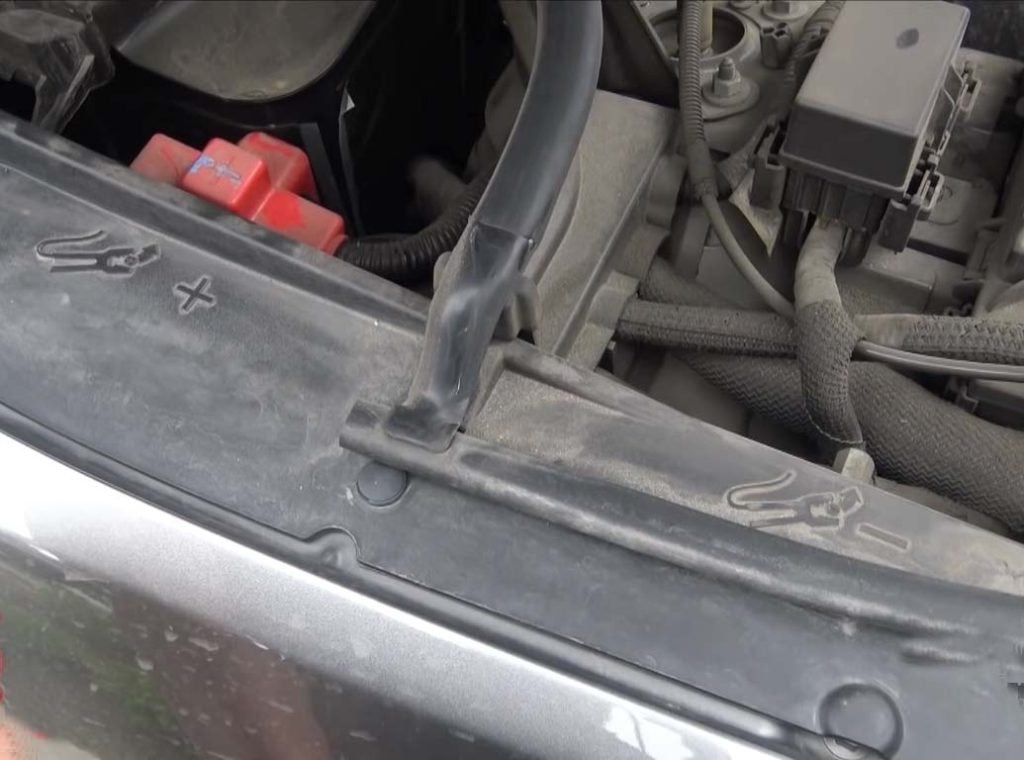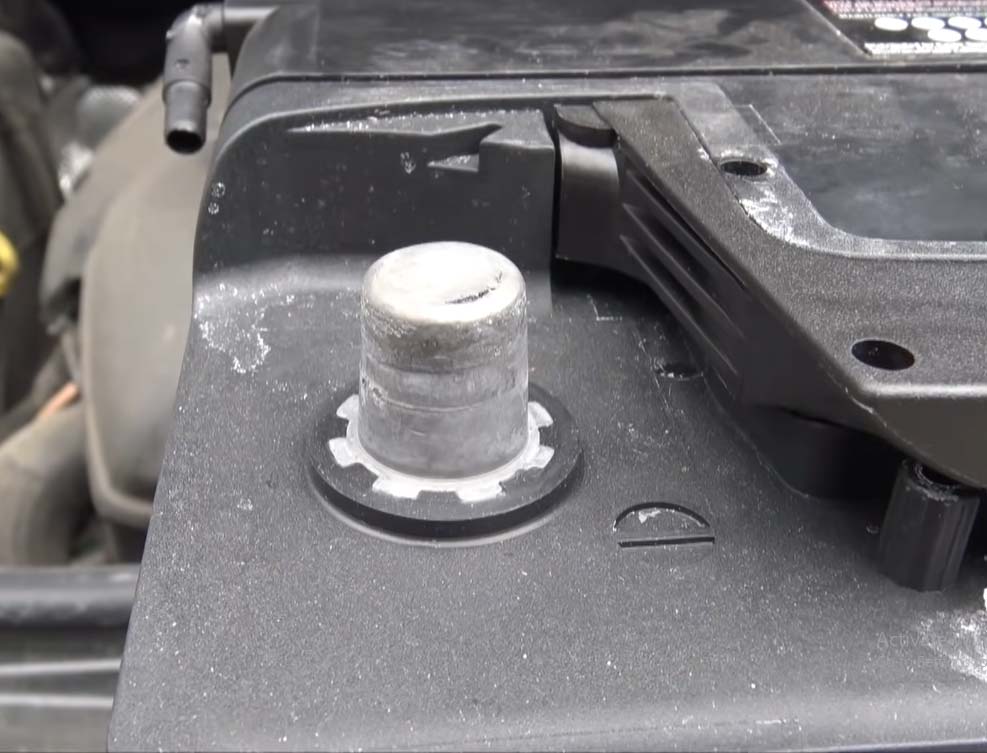Understanding Car Battery Drain: Common Culprits and Prevention Tips
A car battery is the lifeblood of any vehicle, powering essential functions for a seamless start-up when you turn the key. Its vital role in vehicle operation cannot be overstated, underscoring the critical need for proper maintenance and understanding the factors that can lead to its drainage.
In this comprehensive guide, we shed light on the factors that commonly drain a car battery. From electronic accessories left running with the engine off to the impact of extreme weather conditions, various elements can compromise a battery’s performance and longevity.
Knowledge on these aspects can help you take proactive measures to maintain optimal battery performance, thereby ensuring your vehicle remains reliably operational.
Certainly! Here’s an expanded version of Section 2 focusing on faulty charging systems:
Faulty Charging System
Understanding the Charging System
Your car’s charging system is a crucial component responsible for recharging the battery and ensuring a steady power supply while the vehicle is in operation. The key components of this system are the alternator and voltage regulator, working in harmony to maintain the battery’s charge and power the vehicle’s electrical components.
The Role of the Alternator
The alternator is akin to a power generator for your car. It converts mechanical energy from the engine into electrical energy, recharging the battery and powering the vehicle’s electrical systems. If the alternator malfunctions, it won’t recharge the battery adequately, leading to battery drain.
The Function of the Voltage Regulator
The voltage regulator controls the output of the alternator, ensuring a consistent and appropriate voltage supply to the battery and other electrical components. A faulty voltage regulator can cause overcharging or undercharging, both of which can adversely affect the battery’s health and performance.

Detecting Charging System Issues
- Warning Lights: Keep an eye on dashboard warning lights, like the battery light, which could indicate a problem with the charging system.
- Dimming Lights: If your headlights or interior lights start to dim, it could be a sign of a failing alternator or voltage regulator.
- Strange Sounds: Unusual noises, such as grinding or whirring, could signal mechanical issues within the alternator.
Addressing Charging System Problems
- Regular Check-ups: Include charging system checks during routine maintenance to catch issues early.
- Professional Inspection: If you notice warning signs or suspect a problem, have a qualified mechanic inspect the charging system.
- Timely Repairs: Promptly address any identified issues to prevent further damage and avoid excessive battery drain.

Parasitic Drains
Understanding Parasitic Drains
Parasitic drains occur when your car’s battery is slowly depleted even when the vehicle is turned off. Unlike accessories left on, these drains are caused by electrical components that continue to draw power due to faults or malfunctions. Identifying and rectifying parasitic drains is essential for preserving your battery’s life and preventing unexpected starting issues.
Common Causes of Parasitic Drains
- Faulty Wiring: Wiring problems, such as frayed wires or shorts, can create unintended electrical paths that continuously draw power from the battery.
- Malfunctioning Switches: Electrical switches that don’t fully turn off can cause a constant power draw, gradually depleting the battery.
- Interior Lights: Lights that fail to turn off or have a delayed shutoff after exiting the vehicle can be a source of parasitic drain.
- Aftermarket Add-ons: Poorly installed aftermarket electronics or accessories may not shut down completely, leading to parasitic battery drain.
Detecting Parasitic Battery Drain
- Testing Amperage Draw: Use a multimeter to measure the amperage draw when the vehicle is off. Any significant draw indicates a potential parasitic drain.
- Visual Inspection: Inspect the vehicle for obvious signs of faulty wiring, loose connections, or lights that remain on when they shouldn’t.
- Parasitic Drain Test: Perform a parasitic draw test by disconnecting and reconnecting electrical components while monitoring amperage draw to pinpoint the source.
Resolving Parasitic Battery Drain
- Professional Diagnosis: Seek assistance from a certified mechanic or auto electrician to identify and resolve the specific cause of the parasitic drain.
- Corrective Actions: Depending on the cause, actions may include repairing faulty wiring, replacing malfunctioning switches, or addressing interior light issues.
- Regular Maintenance: Routinely inspect and test your vehicle for any emerging parasitic drain issues, especially after installing new electronics or accessories.
Understanding and addressing parasitic drains promptly can significantly extend your car battery’s lifespan. It will ensure reliable starting power when you need it.
Extreme Weather Conditions
The Impact of Temperature on Car Batteries
Extreme weather, be it hot or cold, can significantly affect your car battery’s performance and longevity. Temperature plays a crucial role in the chemical reactions happening within the battery. Both extremes can pose unique challenges:
- Hot Weather:
- Accelerates Chemical Reactions: High temperatures can speed up the chemical reactions within the battery, leading to faster self-discharge.
- Evaporation of Electrolyte: Heat causes the electrolyte to evaporate, potentially damaging the internal structure and reducing the battery’s lifespan.
- Cold Weather:
- Slows Chemical Reactions: Cold temperatures slow down the chemical processes inside the battery, reducing its ability to provide sufficient power.
- Increased Load on the Battery: During cold starts, the engine requires more power to overcome the resistance, putting extra strain on the battery.
Protecting Your Battery in Extreme Conditions
- Regular Checks:
- Inspect the battery’s health before extreme weather seasons to ensure it’s in good condition to handle the upcoming challenges.
- Proper Insulation:
- In cold weather, consider using a battery insulation kit to maintain a more optimal temperature and improve starting power.
- Parking in Shade:
- Park your vehicle in a shaded area during hot weather to reduce the direct exposure to the sun and minimize the temperature impact on the battery.
- Battery Blanket or Heater:
- Use a battery blanket or heater in extremely cold temperatures to keep the battery warm and maintain its performance.
Signs of Weather-Related Battery Issues
- Slow Cranking:
- Difficulty starting the engine, especially during cold weather, indicates potential battery issues exacerbated by the temperature.
- Warning Lights:
- Pay attention to warning lights on your dashboard, such as the battery or engine light, as they may indicate a struggling battery.
- Reduced Electrical Functionality:
- If you notice a decrease in the functionality of electrical components, it could be due to a weakened battery affected by extreme temperatures.
Weather can impacts your car battery. Proactive measures to mitigate these effects will prolong your battery’s life.

Aging Battery
Understanding the Aging Process
Car batteries, like all components, have a limited lifespan. As they age, their ability to hold a charge diminishes, leading to reduced performance and reliability. The typical lifespan of a car battery ranges from 3 to 5 years, depending on various factors such as usage, maintenance, and weather conditions.
Signs of an Aging Battery
Recognizing the telltale signs of an aging battery can help you address potential issues before they escalate:
- Slow Cranking: An aging battery may struggle to provide sufficient power during startup, resulting in a slower cranking speed.
- Frequent Jump Starts: If you find yourself needing jump starts more often, it’s a clear indicator that your battery is reaching the end of its life.
- Check Engine Light: A consistently illuminated check engine light could indicate a weak battery unable to power the vehicle’s electrical systems adequately.
Testing Your Battery’s Health
- Load Testing: This involves simulating the conditions of a vehicle starting to determine the battery’s ability to deliver power. A weak result indicates the need for a replacement.
- Voltage Check: Use a multimeter to measure the battery’s voltage. A reading below 12.4 volts suggests a weakening battery.
When to Replace an Aging Battery
- Age of the Battery: If your battery is approaching or has surpassed the 3 to 5-year mark, it’s advisable to consider a replacement.
- Consistent Issues: If you’ve experienced repeated battery problems and the battery is old, it’s a clear sign for a new one.
- Preventive Replacement: In areas with extreme weather conditions, consider replacing the battery before it reaches the end of its typical lifespan to avoid unexpected failures.
Choosing a Replacement Battery
- Check Vehicle Specifications: Ensure the new battery matches the specifications recommended for your vehicle in terms of size, type, and capacity.
- Opt for Quality: Invest in a reputable brand known for reliable, long-lasting batteries to get the best value for your money.
We naturally do not want to spend on parts of car. Replacing an aging battery in a timely manner is a proactive measure that ensures your vehicle’s continued reliability and minimizes the risk of unexpected battery-related issues.
Conclusion
Car batteries are the lifeblood of our vehicles, providing the essential power needed for a smooth start-up and proper functioning of electrical components. Understanding what drains a car battery is vital for every vehicle owner, enabling proactive measures to maintain optimal performance and prevent unexpected breakdowns.
We explored common culprits behind battery drain, from idle electronics and faulty charging systems to parasitic drains and the impact of extreme weather conditions. Idle electronics, a malfunctioning charging system, and parasitic drains can subtly deplete your battery over time. On the other hand, extreme weather, both hot and cold, can have a more immediate and noticeable effect on battery performance.
Regular maintenance, timely inspections, and being mindful of accessory usage can go a long way in preserving your battery’s health. Addressing charging system issues promptly and understanding the signs of an aging battery allows for proactive measures, ensuring your vehicle remains reliably operational.
Remember, a well-maintained and properly functioning battery is not only a matter of convenience but also a safety concern. By staying informed and taking preventive steps, you can extend your car battery’s life, reduce the likelihood of unexpected breakdowns, and ultimately enhance your overall driving experience.
Incorporating these practices into your vehicle care routine will not only save you time and money but also provide peace of mind knowing that your car’s heart—the battery—is in optimal condition to power your journeys.
